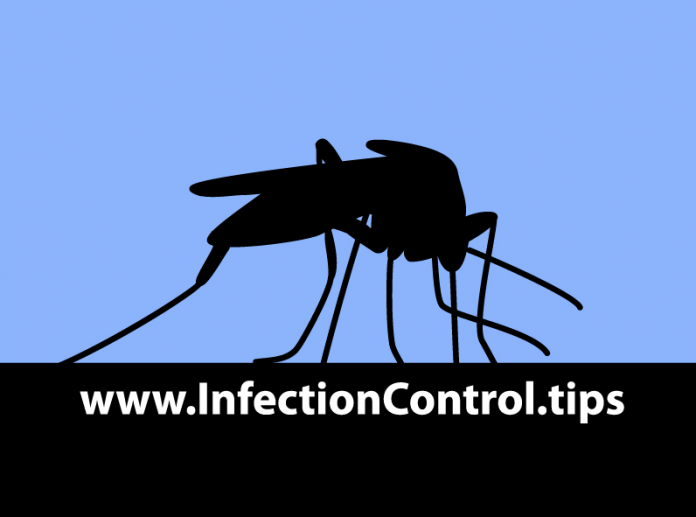Abstract:
Dr. Margaret Chan, Director-General of the World Health Organization, convened an Emergency Committee of 18 experts and advisers to assess the level of threat that should be assigned to the apparent correlation between Zika virus and an increase in the number of cases of microcephaly in newborns. The experts agreed that a causal relationship is suspected, although it has not yet been scientifically proven. As a result, the Zika virus has been deemed a ‘Public Health Emergency of International Concern’.
Main Article:
The Director-General of the World Health Organization has declared a ‘Public Health Emergency of International Concern’ (PHEIC) with respect to the Zika virus (ZIKV). The declaration was made after a meeting of the Emergency Committee regarding clusters of microcephaly and Guillain-Barré Syndrome cases that have been temporally associated with the Zika virus. These clusters have been identified recently in Brazil and also in French Polynesia in 2014.
A PHEIC is an extraordinary event which constitutes a public health risk through international spread of disease, or which requires a coordinated response.
The Committee called for enhanced surveillance and diagnostic tools for Zika virus infection, as well as enhanced promotion of both mosquito control and personal protective measures. They noted that women who are pregnant or of child-bearing age should be given particular attention to ensure they have the necessary information and tools to reduce their risk of exposure. In addition, travellers to Zika “hot zones” should be made aware of the potential risks and recommended protective measures.
Microcephaly can be caused by many things
Microcephaly is a neurological condition in which the size of an infant’s head is smaller than those of children of the same sex and age. The malformation is typically the result of an underdeveloped brain at birth. Microcephaly can be caused by many things, including: infections (from sources like the Zika virus), severe malnutrition, and exposure to drugs and alcohol in the womb.
Guillain-Barré Syndrome (GBS) is a neurological condition that attacks part of the periphery nervous system, causing temporary paralysis. The exact cause of GBS is unknown, but the disorder typically appears after a respiratory or digestive tract infection.
Since 2010, Brazil has reported an average of 156 cases of microcephaly per year, but experienced a spike in 2015 to 399 cases.2 In November, the Ministry of Health of Brazil reported confirmation of the presence of ZIKV in the amniotic fluid of two pregnant women, each presenting with fetal microcephaly. Both women had ZIKV-compatible symptoms during their pregnancies. Officials in French Polynesia have retroactively looked at the data from their Zika virus outbreak in 2014 and have reported an increase in central nervous system malformations in fetuses and infants during 2014-15 (from an average of 1 case annually to 17 in 2014-15).1 The malformations include microcephaly and brain lesions. None of the mothers in French Polynesia presented symptoms compatible with ZIKV infection. Nevertheless, local health authorities have hypothesised an association between these abnormalities and ZIKV infection, based on temporal correlation.
In its declaration today, the WHO Emergency Committee has highlighted the need for efficient collection and reporting of information of public health importance relevant to this PHEIC from National authorities. In addition, data sharing is encouraged with respect to clinical, virologic and epidemiologic data related to increased rates of microcephaly and Guillain-Barré Syndrome as associated with the transmission of Zika virus.
Further Reading:
Zika Primer: What is Zika Virus Fever?
Zika Cases Confirmed in North America: Time to Panic?
References:
- European Centre for Disease Prevention and Control (2015, November 24). Rapid risk assessment: Microcephaly in Brazil potentially linked to the Zika virus epidemic. Stockholm: ECDC; 2015. Accessed February 1, 2016: http://ecdc.europa.eu/en/publications/Publications/zika-microcephaly-Brazil-rapid-risk-assessment-Nov-2015.pdf
- Portal da Saude (2015, November 11). Ministry of Health disseminates epidemiological bulletin (translated). Accessed February 1, 2016: http://portalsaude.saude.gov.br/index.php/cidadao/principal/agencia-saude/20805-ministerio-da-saude-divulga-boletim-epidemiologico/
- World Health Organization. IHR Procedures concerning public health emergencies of international concern (PHEIC). {WHO Website], accessed February 1, 2016: http://www.who.int/ihr/procedures/pheic/en/
- World Health Organization (2015, February 1). WHO statement on the first meeting of the International Health Regulations (2005) (IHR 2005) Emergency Committee on Zika virus and observed increase in neurological disorders and neonatal malformations. [WHO Statement], accessed February 1, 2016: http://www.who.int/mediacentre/news/statements/2016/1st-emergency-committee-zika/en/












